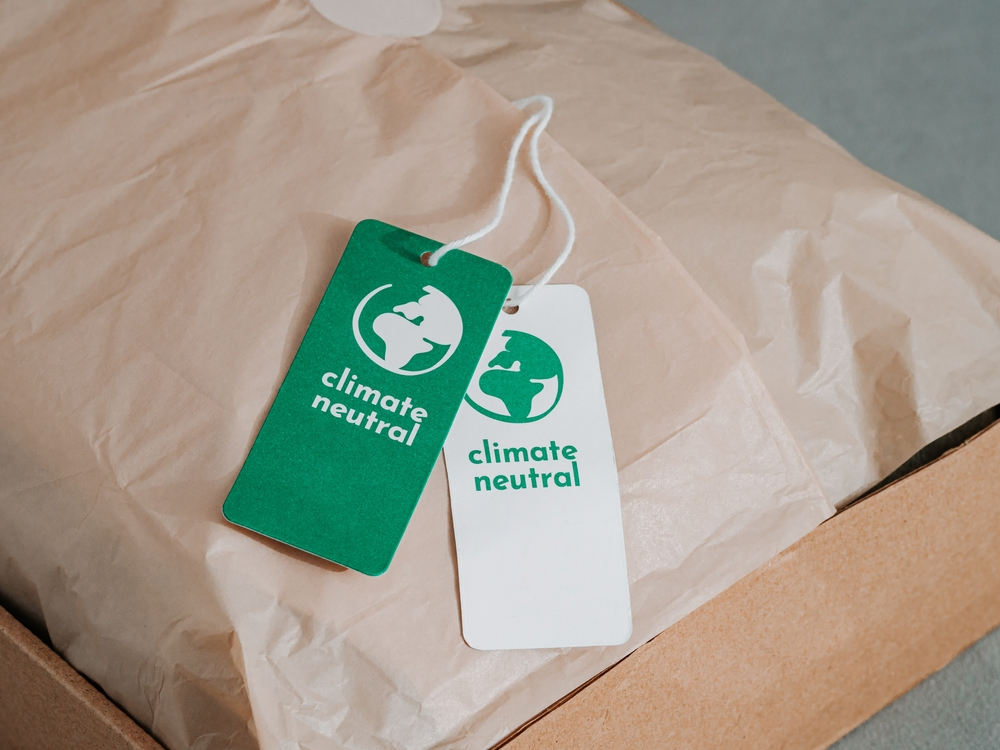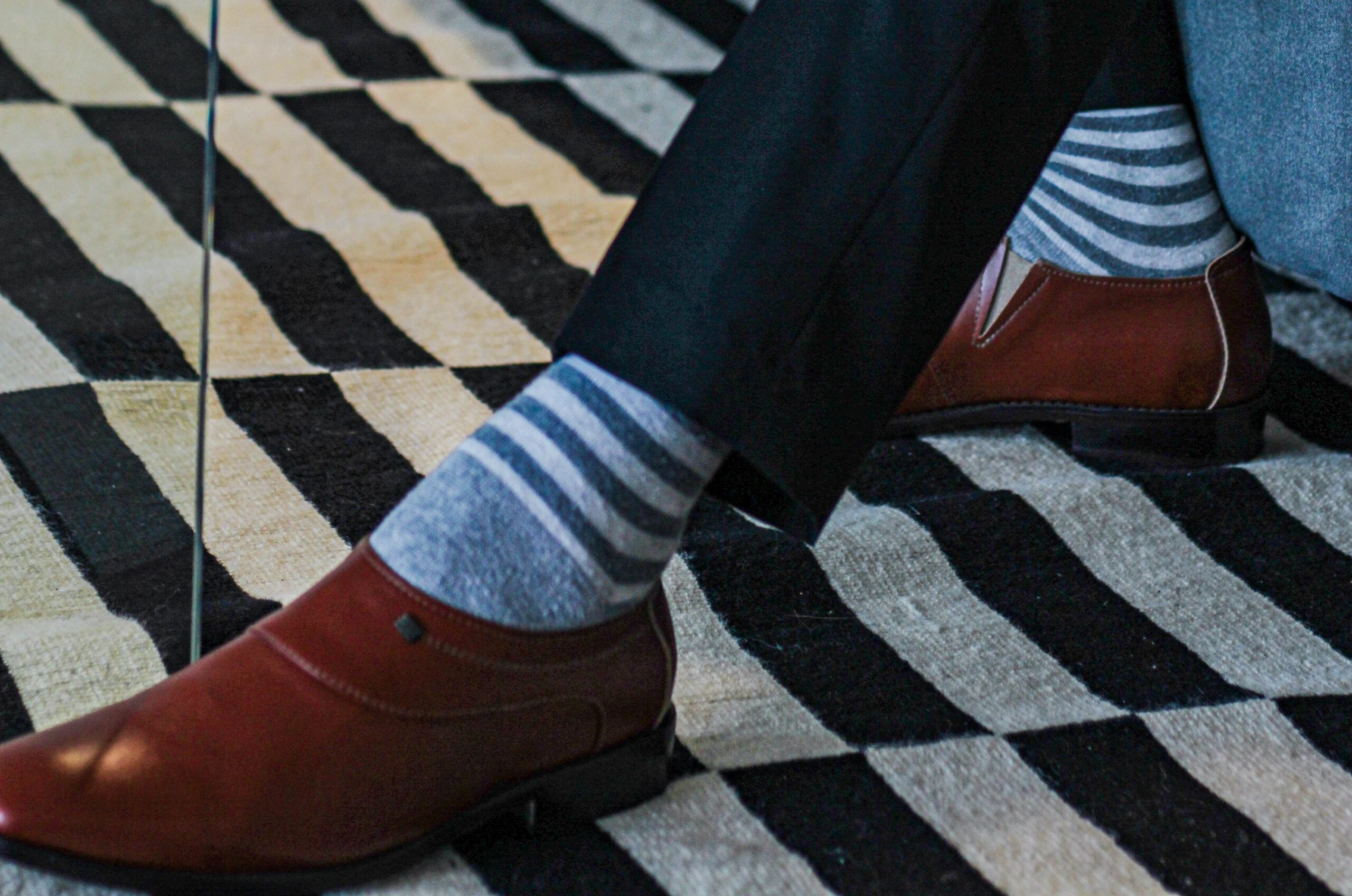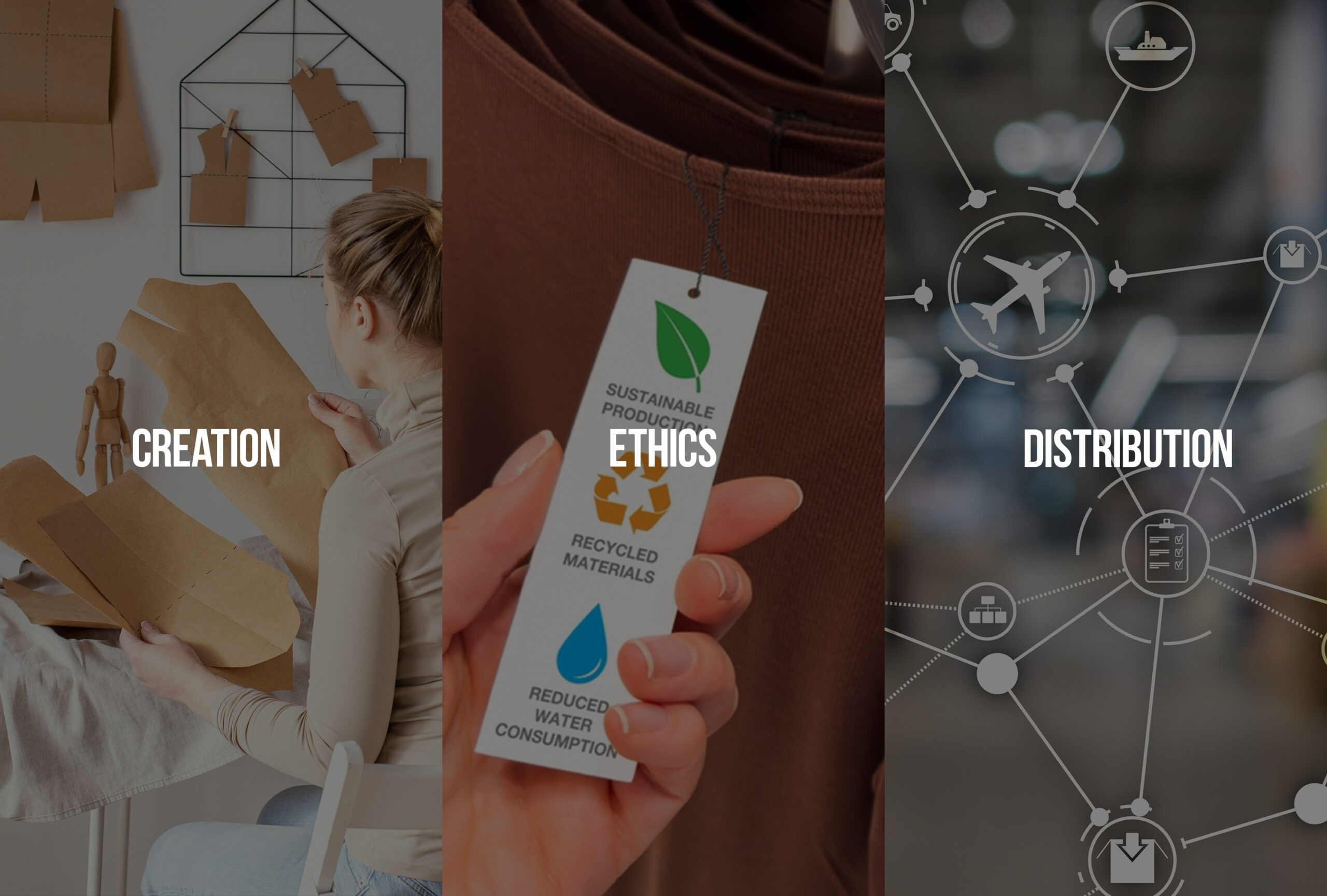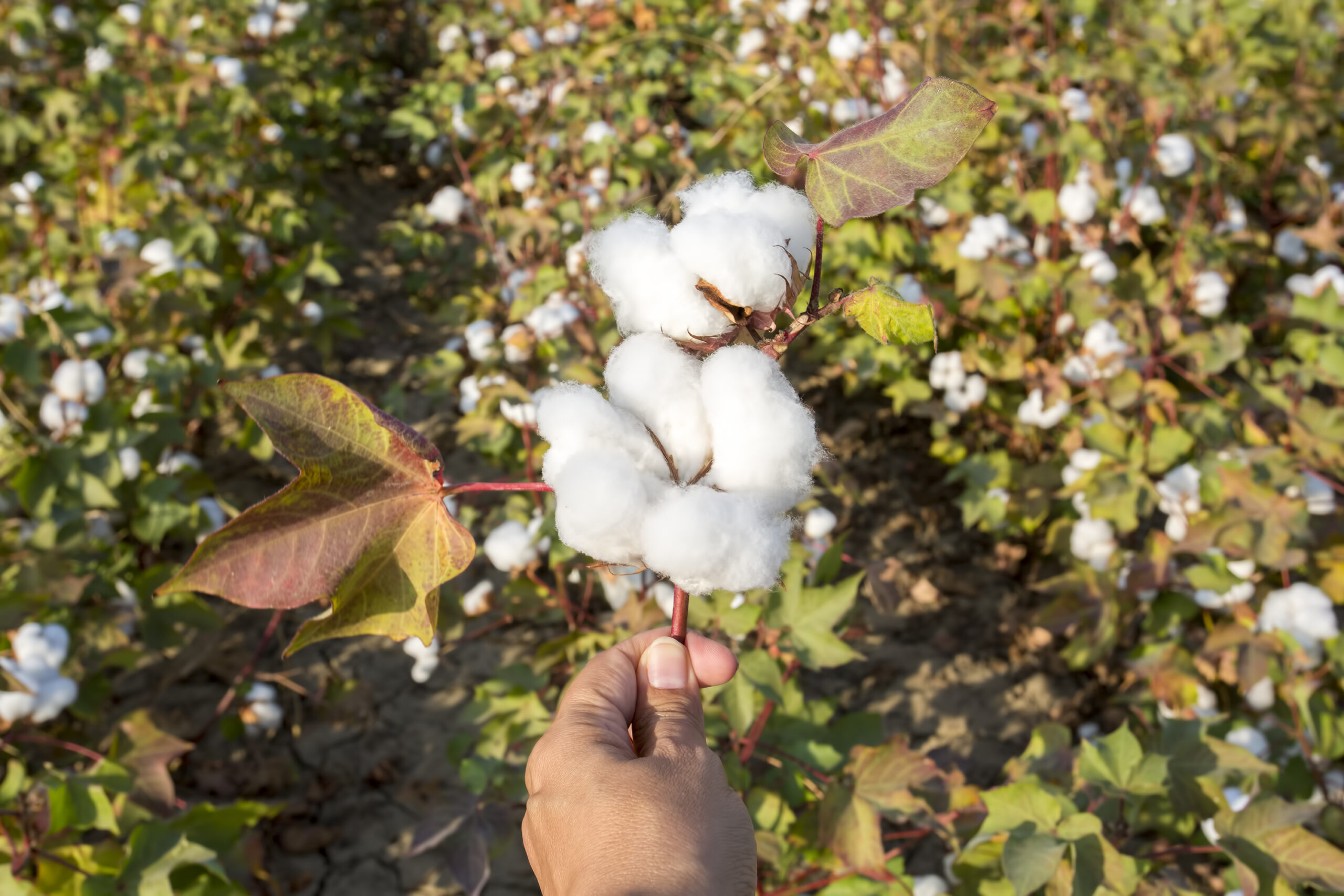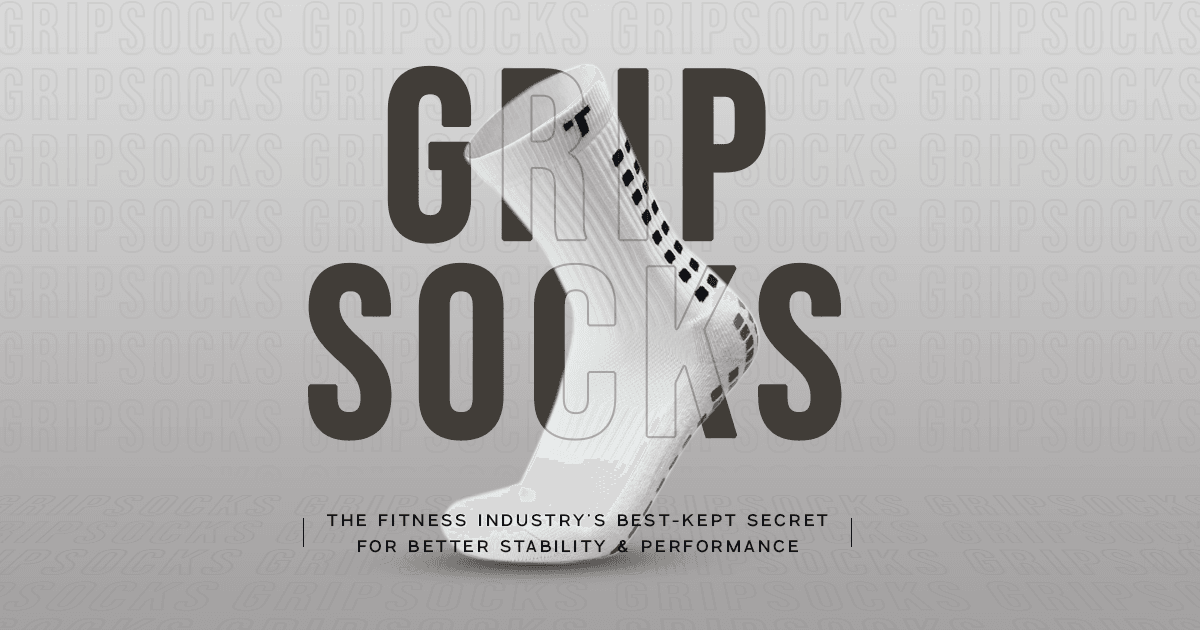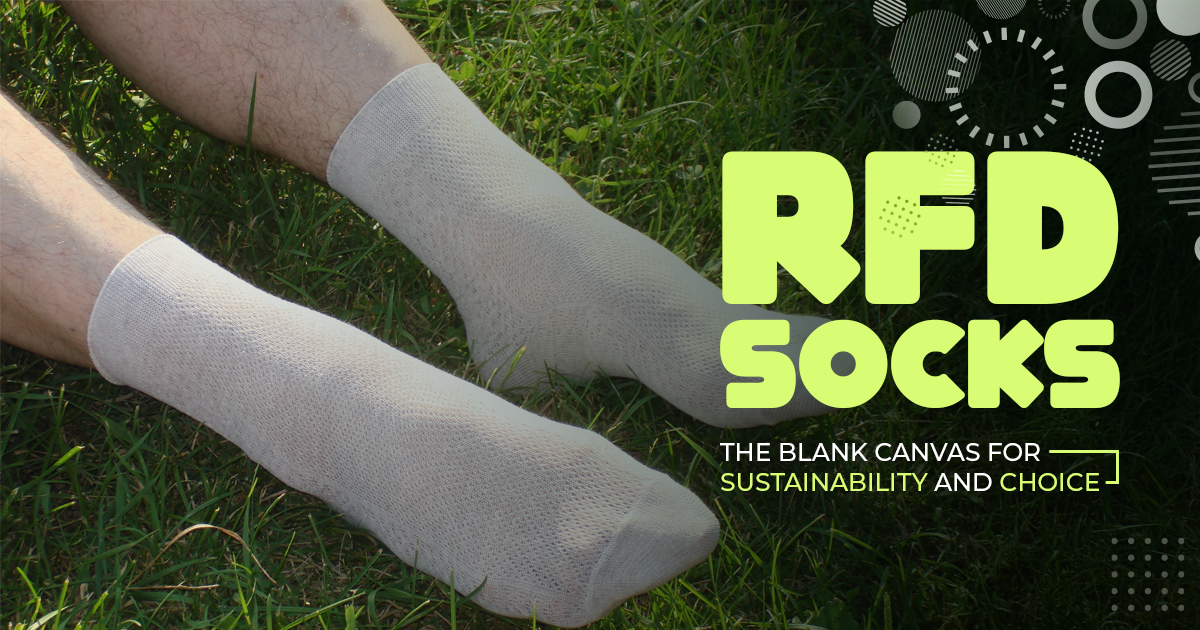Managing and organizing an amount of socks in an efficient way is what bulk sock inventory management entails. This is especially crucial for businesses involved in selling socks like retailers or wholesalers as organizations that incorporate socks into their operations such as fashion houses, boutiques, ecommerce brands, hospitals, shelters or sports teams.
Here is some statistics on world’s largest importers of this commodity group in 2022
- USA – 21% of the world imports ($2.79 billion)
- Germany – 10.3% ($1.31 billion)
- Japan – 7.33% ($933 million)
- France – 6.08% ($773 million)
- United Kingdom – 6.02% ($767 million)
Let’s move on to how to find reliable socks wholesalers or manufacturers in the Uk and things to take care of while ordering.
Inventory management plays a vital role in the success of any fashion business. This holds true, for socks as well. Whether you’re running a boutique or a larger fashion brand, efficiently managing your bulk sock inventory can save you time, money and unnecessary stress. In this blog post we will delve into some tips and strategies specifically tailored to managing bulk sock inventory within the UK fashion industry.
- Organize Your Socks into Categories
The first step towards bulk sock inventory management involves categorizing your socks. By sorting them based on their type, length, design and material you’ll find it much easier to keep track of what you have and locate the pair whenever needed. You can create labels. Use dedicated storage containers for each category.
- Utilize Inventory Management Software
Consider investing in inventory management software to streamline tracking and monitoring of your sock inventory. These specialized tools can assist you in keeping tabs on quantities, reorder points as sales data and also empowers you to make informed decisions when it comes to restocking.
- Establish Minimum and Maximum Stock Levels
It’s essential to determine minimum and maximum stock levels, for each sock category. This way whenever your inventory levels go below the threshold for a category it serves as an alert that it’s time to place a reorder.
On the other hand if the sock inventory surpasses the level it’s important to take a step back and slow down on reordering to avoid having too much stock on hand.
One effective approach to prevent damaged sock inventory is, by using the FIFO (First In, First Out) method. This means selling the sock inventory so that you always offer fresh products to your customers.
4.Audits
Regularly conducting audits of your sock inventory is crucial. These audits help ensure that your records align with what you have in stock allowing you to promptly address any discrepancies.
Maintaining relationships with your bulk sock suppliers is key. Effective communication can result in improved lead times, accurate deliveries and possibly better pricing for future orders.
5.Data
To accurately forecast sock demand leverage historical sales data and market trends. Understanding fluctuations and trends in sock styles can assist you in planning your inventory levels effectively.
- Technology
Embracing technology such as point of sale (POS) systems or e-commerce platforms allows real time tracking of sock sales. This data provides insights for making inventory decisions and identifying which sock styles are popular among customers.

- Policy making
Have clear stated terms and conditions with stringent customer returns policy, in place to efficiently manage returns and minimize the impact on your inventory. Make sure that all returned socks are in good condition before restocking them.
- Storage
Optimize your storage space by using shelving, racks and storage containers. Take into account temperature and humidity conditions in your storage area to maintain the quality of your socks.
- Reviewing
Continuously Adjust your inventory management strategies based on changes in the market trends, customer preferences and sales patterns. Inventory management is a process that requires constant evaluation.
- Planning
When placing orders for socks, plan ahead by considering factors such as lead times and shipping schedules. Avoid last minute orders to prevent stockouts or higher shipping costs.
- Seasonal demand
Rotate your sock inventory seasonally to ensure that the appropriate styles are readily available. For example prioritize winter sock styles during colder months and summer socks during warmer seasons.
14.Discounts
Introduce clearance sales or discounts for moving dead socks inventory to create space for arrivals.
It helps you maximize revenue, from unsold socks that may not sell otherwise;
- Trends
Stay updated on fashion trends. Actively seek customer feedback to better understand their preferences. This valuable insight can guide your sock purchasing decisions. Help you manage your inventory effectively.
- Eco conscious Practices
Consider incorporating sustainability practices into your inventory management, such as minimizing waste and optimizing packaging. These eco-friendly initiatives can resonate with consumers.
- Collaboration
Establish a collaborative returns process with your bulk sock suppliers. This can involve restocking inventory or negotiating returns for socks preventing excess stock from accumulating.
- Stock Levels
Maintain a safe stock level for sock styles or top sellers to minimize the risk of running out of stock during spikes in demand.
- Tracking
Keep track of performance metrics like inventory turnover rate carrying costs and stockout rates to evaluate the effectiveness of your inventory management strategies.
- Employee Training
Ensure that your staff is well trained in inventory management procedures by providing training sessions. Emphasize the importance of accuracy and efficient handling of sock inventory.
Let’s look into data that would give us a clear idea about UK’s socks market
- Revenue in the Socks market amounts to US$1.16bn in 2023. The market is expected to grow annually by 4.13% (CAGR 2023-2028).
- In global comparison, most revenue is generated in China from exporting worldwide (US$4,189m in 2023).
- In relation to total population figures, per person revenue from socks is US$17.09 that was generated in 2022.
- In the Socks market, volume is expected to amount to 0.5bn pieces by 2028. The Socks market is expected to show a volume growth of 2.4% in 2024.
- The average volume per person in the Socks market is expected to amount to 6.2pieces in 2023.
We then move on to finding reliable suppliers of socks in the UK market.
Finding trustworthy wholesalers or manufacturers of socks in the UK is equally important and can be of great importance and advantage to retail brands.
- Research and Insights on the UK Sock Market;
Begin your search by gaining an understanding of the UK sock market. Study consumer preferences, emerging trends and the competitive landscape. This knowledge will help you identify which types of socks are in demand and uncover gaps in the market.
- Networking within the Industry;
Participate in industry trade shows and exhibitions related to fashion and textiles. These events provide opportunities to network with sock suppliers.
Additionally, consider joining associations or forums connected to the fashion industry where you can connect with retailers and entrepreneurs who may be able to recommend reliable sock suppliers.
- Online Directories;
Take advantage of B2B platforms that connect businesses with sock manufacturers and wholesalers. Websites such as Alibaba, Indiamart, ThomasNet and Kompass offer listings of suppliers based in the UK.
Remember, by implementing these steps you can find sources for your sock inventory while keeping up with market demands.
Here are some steps you can take to find sock suppliers in your area:
- Explore business directories or chamber of commerce listings to discover businesses that specialize in selling socks.
- Reach out to established sock brands, for recommendations on suppliers or to inquire about private labeling services they may offer.
- Consider visiting regions in the UK that have become well known for sock manufacturing if one is looking for a local manufacturer. This will give you the opportunity to meet suppliers face to face and discuss your needs.
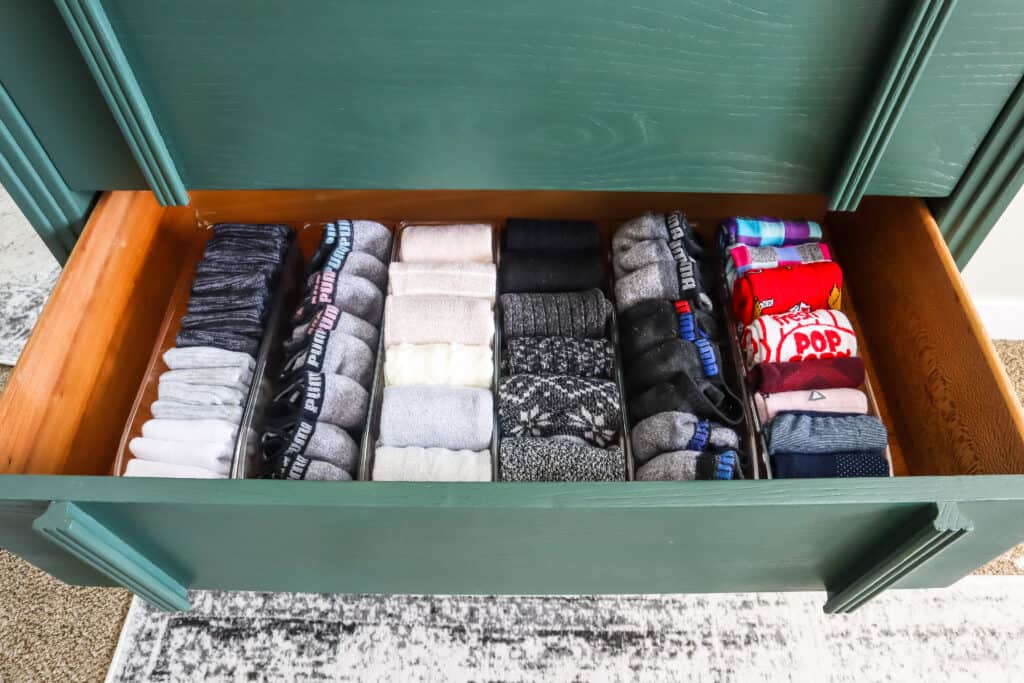
- Take the time to review the websites of sock suppliers. Look for information about their product range, manufacturing capabilities and contact details.
- Pay attention to a supplier’s social media presence. An active and engaging social media profile can be a sign of credibility. Check for customer reviews and interactions on their platforms.
The blog also mentions a List of British socks brands that manufacture locally to help people source easily if not wanting to import
- Teddy Edward
- HebTroCo
- The Cotton London
- Waring Brooke
- Budd Shirts
- Peper Harow
- Mars Knitwear
- Contrado
- Caledonia Hosiery
- Emma Willis
- Scottish Textiles Showcase
- Corrymoor Mohair Socks
- Genevieve Sweeney
Once you’ve identified wholesalers or manufacturers it’s important to exercise caution before finalizing your order;
- Request samples of the socks you’re interested in ordering so that you can assess their quality, including materials used, stitching and overall craftsmanship.
- Quality Certifications; Verify if the supplier adheres to the quality standards and certifications that are relevant to the textile industry.
- Minimum Order Quantities (MOQs)
Negotiating MOQs; Engage in discussions with the supplier to negotiate and determine minimum order quantities that align with your business capacity and demand.
- Pricing and Payment Terms
Understanding Pricing Structure, Gain an understanding of how pricing is structured including any potential discounts for larger orders. Ensure you have clarity on the cost per unit or any additional charges for customization or other features.
Payment Terms Discussion: Have conversations about payment terms, such as advance payments, credit options and the agreed upon payment schedule. It is essential for both parties to be fully aware of the terms and conditions.
- Lead Times and Delivery
Estimating Production Lead Times: Obtain an estimate of production lead times from the supplier to ensure they can meet your required deadlines.
- Delivery Logistics Consultation: Discuss delivery logistics, shipping methods, associated costs and clarify responsibilities for shipping and customs clearance.
- Customization and Branding
Private Labeling Considerations- If you intend to sell socks under your brand name explore labeling options with the supplier. Confirm whether custom packaging and branding services are available.
- Quality Control
Ensuring Quality Assurance – Inquire about the supplier’s quality control processes to guarantee they have mechanisms in place, for addressing defects or any potential quality issues.
- Communication
Maintain Open Lines of Communication – It is crucial to establish channels of communication with the supplier. Effective communication plays a role in addressing any concerns accommodating changes or dealing with issues that may arise during the ordering process.
- Contracts and Agreements
Put Everything in Writing – Make sure that all terms, including pricing, minimum order quantities (MOQs) delivery schedules and quality standards are well documented in a written agreement or contract.
- References and Reviews
Seek Supplier References – Request references or customer reviews from the supplier. This will provide insights into their reliability and level of customer satisfaction.
- Legal Compliance
Adhere to Legal Requirements – Ensure that the supplier complies with all obligations, including regulations and labor standards.
- Continual Evaluation
Regular Assessment – Once you have placed your order, consistently evaluate the supplier’s performance in terms of product quality, timeliness of deliveries and customer service levels.
- Contingency Plans
Prepare for Challenges – Develop contingency plans to tackle obstacles such as production delays or disruptions, in the supply chain.
Conclusion
In summary, effective bulk sock inventory management plays a role in driving success for fashion businesses in the UK.
To maintain a profitable inventory of socks while catering to the preferences of your customers it is crucial to implement effective strategies and adapt to market changes. Remember that successful inventory management in the fashion industry requires dedication and flexibility.By considering these factors and conducting research you can minimize risks and increase your chances of establishing a successful partnership with a reliable sock wholesaler or manufacturer based in the UK.
Establishing connections with suppliers can prove to be advantageous in the competitive realm of fashion retail. This will ensure a supply of top notch socks, for your valued customers.



